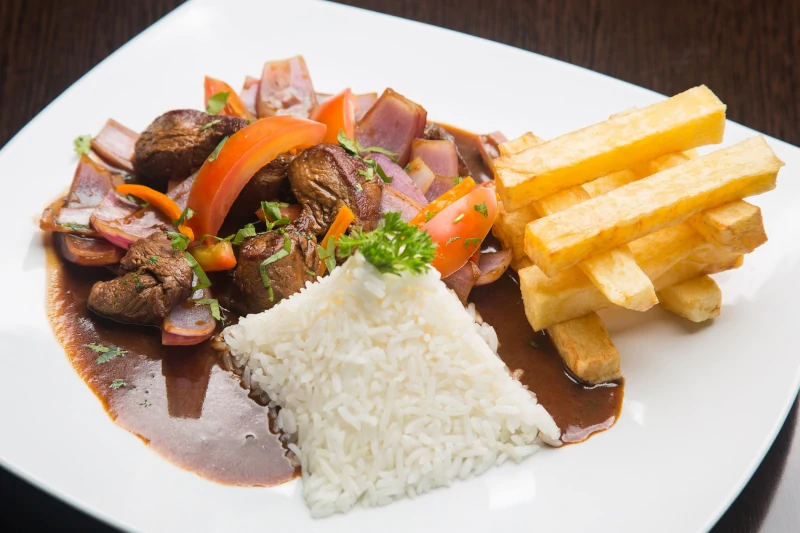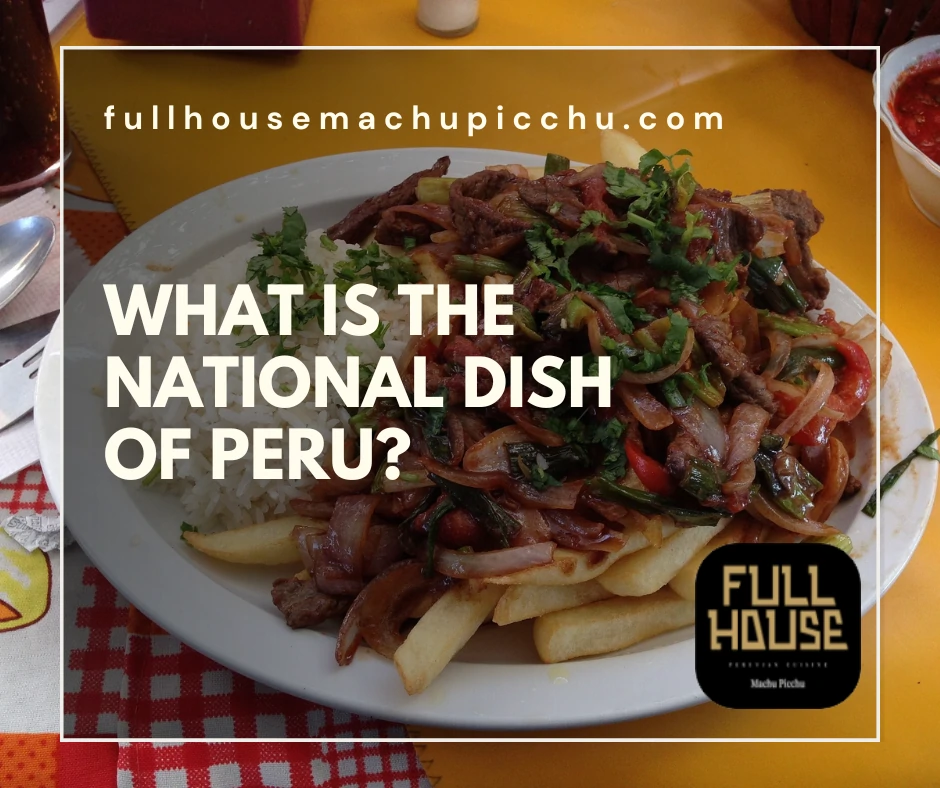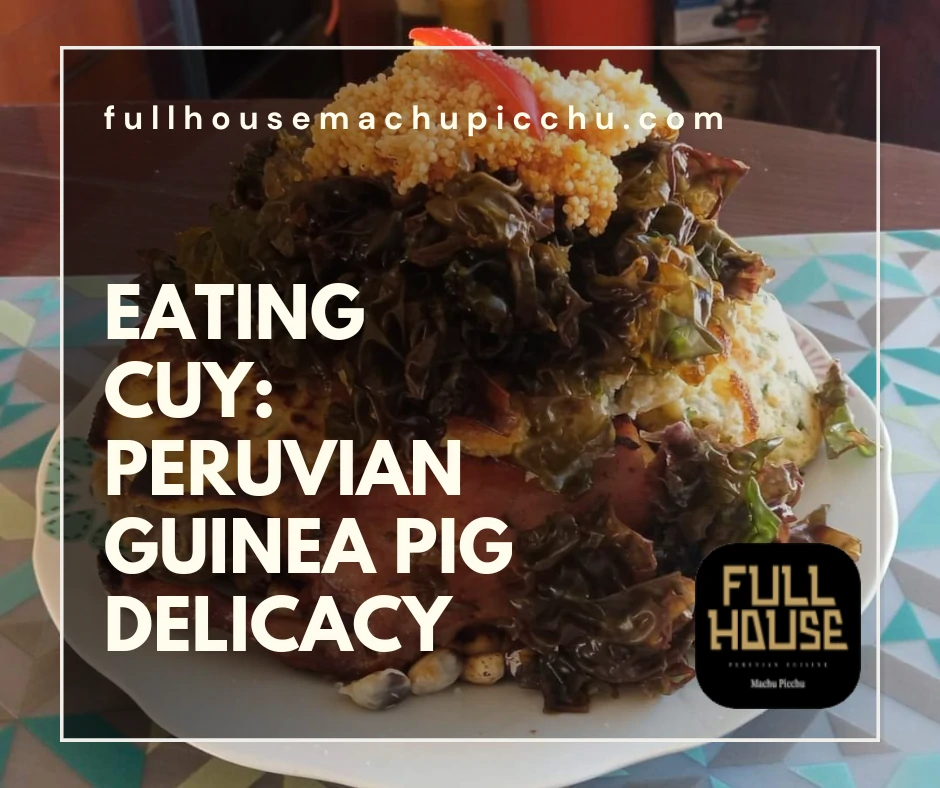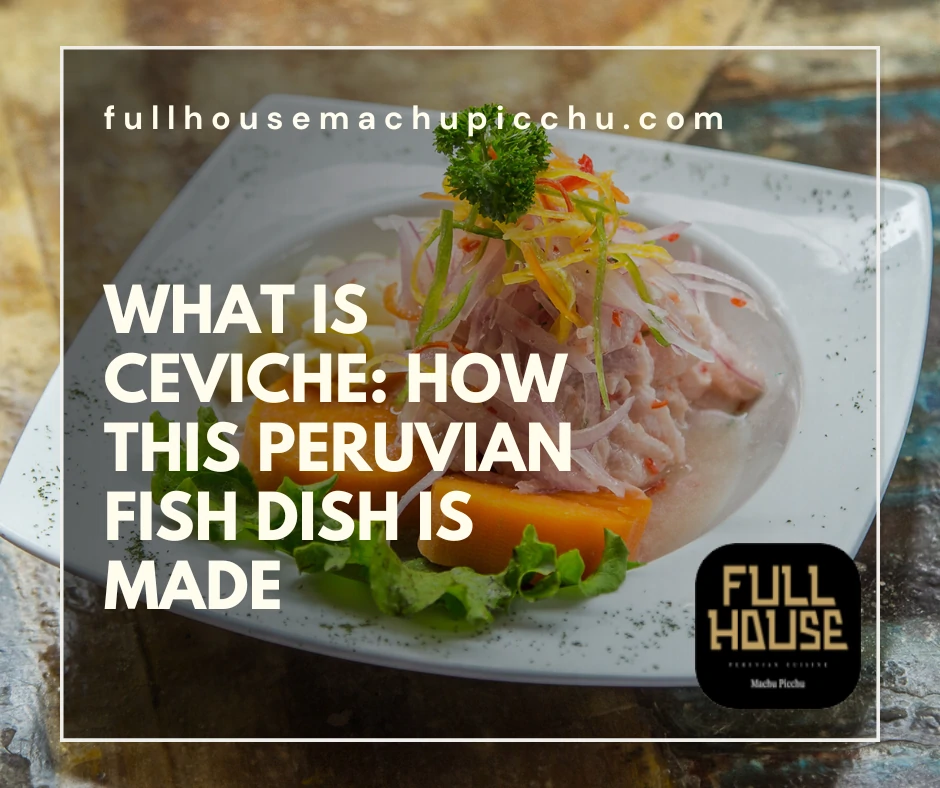Peru, a land of remarkable history, culture, and natural beauty, has captured the hearts and imaginations of countless visitors over the years. But it’s not just the ancient Inca ruins or the lush Amazon rainforest that has garnered worldwide attention. Peruvian cuisine has rapidly gained recognition as one of the most diverse and flavorful in the world. As a fusion of indigenous, Spanish, African, Chinese, and Japanese culinary traditions, Peruvian cuisine is a delicious melting pot that offers a unique and unforgettable dining experience.
But amidst the vast array of dishes that define this gastronomic paradise, which one can truly claim the title of the national dish of Peru? In this article, we will explore the contenders, delve into their histories, and celebrate the rich culinary heritage that makes Peruvian cuisine so exceptional. Join us on this mouthwatering journey as we attempt to answer the tantalizing question: What is the national dish of Peru?
A culinary journey through Peru’s rich history: Tracing the origins of iconic dishes
Peru’s rich history is deeply intertwined with its vibrant culinary scene. To understand the origins of its iconic dishes, we must journey through time. Delving into the past, we uncover ingredients and techniques that shaped the country’s gastronomy. The quest for the national dish takes us to the roots of Peruvian culture.
The Inca Empire, which ruled much of South America, greatly influenced Peru’s culinary foundation. With potatoes, corn, and quinoa as staples, their cuisine set the stage for future generations. Spanish conquistadors arrived in the 16th century, bringing new ingredients and culinary practices. The fusion of these two cultures laid the groundwork for the national dish contenders we know today.
African, Chinese, and Japanese immigrants also left their mark on Peruvian cuisine. Each wave of immigration brought unique flavors, making Peru a true gastronomic melting pot. The national dish we seek represents this rich cultural tapestry.
The coastal region, blessed with an abundant marine ecosystem, inspired an array of seafood dishes. Ceviche, a marinated raw fish dish, is one such example. Some argue that ceviche could be the national dish due to its popularity and unique flavor profile.
Moving inland, we find the Andean region, home to dishes like lomo saltado. This stir-fry of marinated beef, vegetables, and potatoes showcases the Chinese influence on Peruvian cuisine. The delicious fusion of flavors makes lomo saltado another strong contender for the national dish. However, there are numerous Andean dishes that can be considered the national dish of Peru.
In the Amazon, ingredients like plantains, yuca, and freshwater fish are prevalent. Juane, a rice and meat dish wrapped in bijao leaves, is a traditional Amazonian favorite.
As we explore the contenders, one thing is clear: each dish tells a story of the country’s remarkable past. The national dish, whichever it may be, is a flavorful celebration of Peru’s heritage.
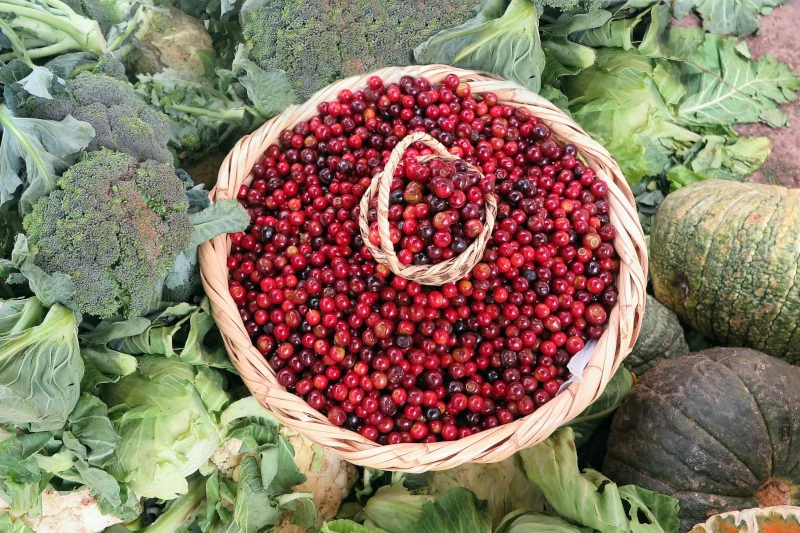
The contenders for the crown: Exploring Peru’s most beloved culinary creations
Peruvian cuisine boasts a wealth of delicious dishes that could lay claim to the title of national dish. Let’s explore some of the top contenders.
Ceviche is a marinated raw fish dish that perfectly represents Peru’s coastal culinary heritage. Lime juice, chili peppers, and red onion give this refreshing dish its signature flavor.
Ají de Gallina, a creamy chicken stew, is a beloved comfort food that traces its roots to the Spanish colonial era. Shredded chicken, walnuts, and cheese are the stars of this rich and flavorful dish.
On the other hand, Cuy, or guinea pig, may not be for everyone, but it holds a special place in Peruvian culture. Roasted or fried, it is a delicacy that has been consumed since pre-Columbian times.
Additionally, Salsa Huancaína is a versatile sauce made from aji amarillo peppers, cheese, and crackers. It is commonly served over boiled potatoes or grilled meat, adding a tangy and creamy kick.
Lomo Saltado, a stir-fry of beef, onions, and tomatoes, is a perfect example of Peru’s Chinese culinary influence. Soy sauce, vinegar, and cilantro give this dish its signature savory flavor.
Anticuchos are grilled skewers of marinated beef hearts that are a staple of Peruvian street food. Served with potatoes and corn, they are a delicious and filling snack.
Causa, a layered potato dish with various fillings, is a popular appetizer that showcases Peru’s diverse ingredients. Avocado, shrimp, and chicken are common fillings for this colorful dish.
As we can see, Peru’s culinary scene is as diverse as its geography and history. These dishes, along with countless others, are testament to the country’s vibrant and flavorful heritage. While the national dish may remain up for debate, one thing is certain: Peruvian cuisine is a treasure trove of culinary delights.
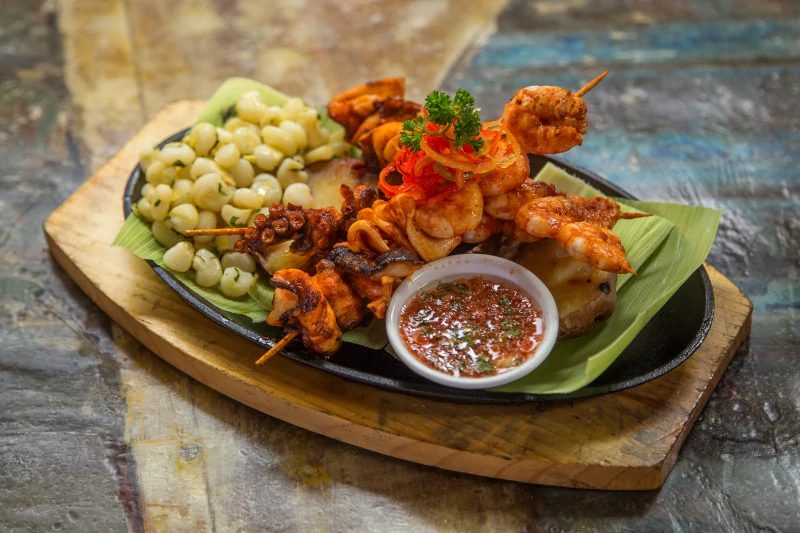
A nation’s plate: The people’s choice and the significance of the national dish
The significance of a national dish goes beyond just culinary tradition. It is a symbol of a country’s identity and culture. In Peru, the debate over the national dish continues, but the people have spoken.
According to a national poll, the people’s choice for the national dish was ceviche. This reflects Peru’s coastal culture and the pride the people have in their seafood cuisine.
But the significance of a national dish goes beyond just pride. It can also serve as a tool for economic development and tourism. Peruvian cuisine has gained international recognition, with restaurants around the world serving up dishes like ceviche and lomo saltado.
The government has also recognized the importance of culinary tourism, with initiatives like the Mistura food festival and the creation of the Ministry of Culture’s gastronomic program.
In addition to promoting tourism, a national dish can also bring people together and promote national unity. Peru’s diverse culinary heritage is a reflection of its diverse population, and a national dish can help bridge cultural gaps and bring people together.
But even with the people’s choice, the debate over the national dish is far from settled. Each dish represents a different aspect of Peruvian culture, and the national dish must be one that truly embodies the country’s rich history and diverse culinary traditions.
Regardless of which dish ultimately takes the crown, one thing is clear: Peruvian cuisine is a true culinary treasure. From the coast to the mountains to the Amazon, each region offers a unique and delicious gastronomic experience. And with the government and the people’s support, Peruvian cuisine is sure to continue to flourish and capture the hearts and palates of food lovers around the world.
